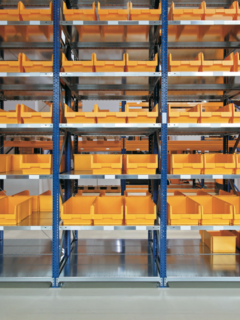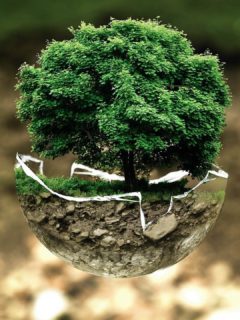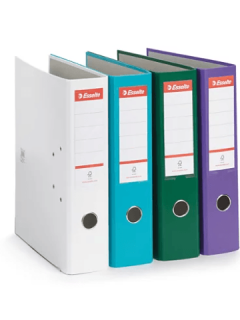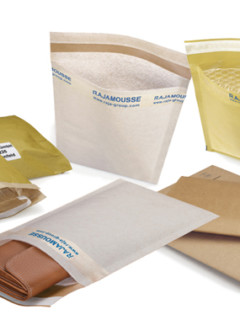950,759 tonnes: this is exactly how much paper, cardboard, paperboard and paper pulp was produced in the first half of last year, according to the data of the Association of the Czech Paper Industry. Over the whole year, this amounts to about 2 million tonnes of production in the Czech Republic. Almost one half of this amount is attributable to the production of packaging materials. In particular, cardboard is an absolutely indispensable material in the packaging industry: in almost every area of industry, we can find a range of products that are primarily packaged in cardboard or corrugated board. Cardboard is used in the production of shop displays, book covers or as packaging material in the form of cartons – paper boxes, moving boxes, cardboard containers or the milk cartons we see in the fridge every morning. In short, cardboard is part of our everyday life.
The French term ‘carton’ means ‘cardboard box‘. However, the term originates from Italian and was born out of the need to distinguish between thin paper ‘carta’ and solid cardboard. This is indicated by the difference between paper, cardboard and cardboard: with a surface weight of 130 g/m² to 600 g/m², cardboard is between light paper (7 to 150 g/m²) and heavy cardboard (600 g/m² and above). This makes the material particularly strong, but at the same time it retains its unique flexibility and elasticity.
Cardboard production
High-quality paperboard consists of a mixture of pulp, wood and recovered paper in different proportions with variable variations. Standard cartons contain a minimum of three layers. The cellulose, broken down into fibres, is ground into a watery mass. The recovered sorted paper is also soaked and pulped. After this, further processing and filtration steps take place, such as chemical ‘deinking’, which is a precise, gentle cleaning process that removes pigments and dyes. This step leads to complete decolourisation of the material. The recycled material is mixed with water and additives and this aqueous solution is finally mixed with the pulp.
After chemical deinking, the final mixture is transported onto a screen belt, which goes to the cartoning machine. Here the fibres are aligned according to the direction of the screen and over time paper strips are formed and gauche. Couch? Doesn’t that technical term mean anything to you? Don’t despair, gauche is known mainly to the already “experienced” specialists in the paper industry. It refers to the first drainage step in papermaking. In our case, it refers to the process where strips of wet paper are pressed using rollers (called gauchos) to form the individual layers of cardboard.
The layers are not only pressed together on a belt in a cartoning machine, but also dried and rolled through a medium. The cardboard is then pressed and dried on a roller calander. After complete drying, the raw material is given a so-called ‘coating’. The white liquid contains a high proportion of calcium, filler and binder and thus improves the coating properties of the material. The coated raw cardboard undergoes a further stage of rolling and drying. As required, the coated side is further smoothed by means of a chrome-plated rolling calender. In the last step of the process, the endless strip of cardboard is perforated, palletised – and ready for various applications.
Did you expect so much work to go behind such a common material as cardboard? The production of a cardboard box is actually much more challenging than one might think. But thanks to this complex process, we get our hands on the most widely used packaging material ever – a fact that makes the production and effort 100% worthwhile.














